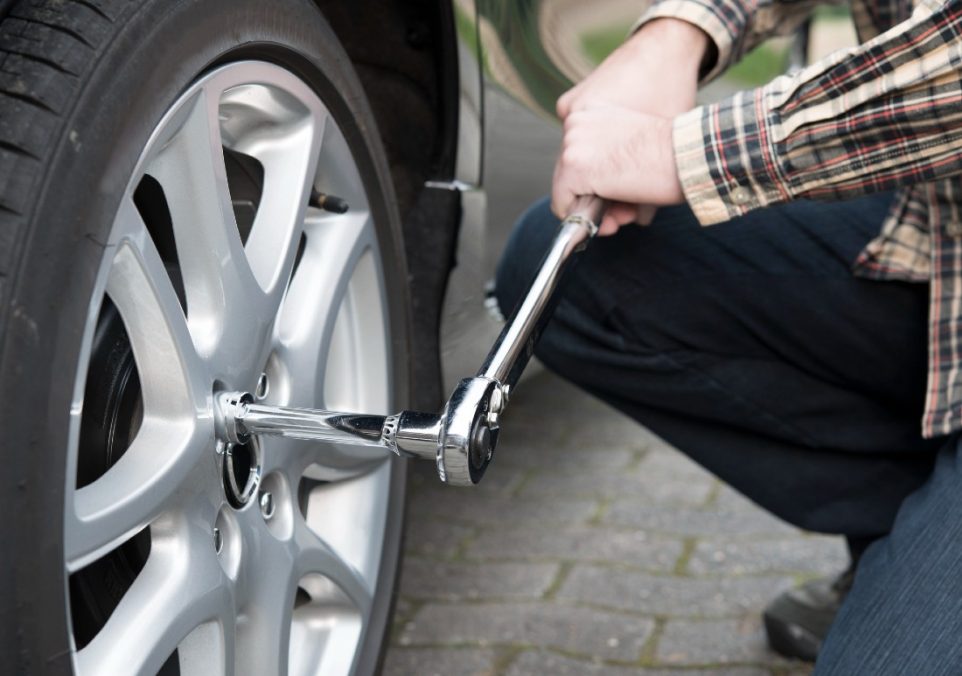Tool Tutorial: How to Use a Torque Wrench Properly

In this comprehensive tutorial, we’ll tackle one of your toolbox’s unsung heroes: the torque wrench. If you’ve ever tinkered with a bike, performed car repairs, or assembled a heavy piece of furniture, chances are, you’ve needed this trusty tool. But do you know how to use it properly? Not as straightforward as a simple wrench and certainly more complex than a hammer, a torque wrench requires a balance of force and finesse.
Understanding its proper use can save you from expensive repair costs and frustrating loose screws. So, prepare for a deep dive into torque wrenches, where precision meets power and mechanics meets mastery. By the end of this tutorial, you’ll know how to use a torque wrench and understand why doing so properly is essential to your DIY success.
Safety Precautions
Before using a torque wrench, it’s important to keep safety precautions in mind to prevent injury and ensure accurate results. Always wear appropriate protective gear, such as safety glasses and gloves. Ensure the work area is clear of any hazards interfering with the torque wrench operation.
How to Use a Torque Wrench
Here are the easy-to-follow steps for successful torque wrench use:
- Prepare the torque wrench by selecting the appropriate torque value based on the manufacturer’s specifications.
- Attach the correct socket or wrench attachment to the torque wrench.
- Align the torque wrench with the fastener and apply steady pressure to start tightening.
- Continue applying force until the torque wrench clicks or signals the desired torque has been reached.
- Once the click or signal is received, stop applying force to avoid over-tightening.
How to Set Your Torque Wrench
Setting the torque wrench correctly is crucial for accurate results. Follow these steps:
- Determine the required torque value for the specific application by consulting the manufacturer’s specifications.
- Locate the torque adjustment mechanism on your torque wrench, which can be a twistable handle, a dial, or a display on a digital torque wrench.
- Use the adjustment mechanism to set the torque value according to the required specifications.
Achieving Accurate Measurements
To ensure accurate torque measurements, keep the following tips in mind:
- Always use the torque wrench perpendicular to the fastener to avoid introducing angle errors.
- Apply force smoothly and steadily, avoiding sudden jerks or rapid changes in pressure.
- Use the correct socket or wrench attachment size to ensure a proper fit.
- Avoid applying excessive force when tightening, leading to inaccurate readings and potential damage.
Common Mistakes to Avoid
To avoid common pitfalls when using a torque wrench, be aware of the following mistakes:
- Over-tightening: Applying excessive force beyond the recommended torque can damage fasteners or strip threads.
- Under-tightening: Failing to tighten to the specified torque can result in loose fasteners and potential failure.
- Improper calibration: Regularly calibrate your torque wrench to maintain accuracy and reliability.
Troubleshooting Common Issues
If you encounter any issues with your torque wrench, refer to the manufacturer’s manual for troubleshooting guidance. Common issues may include incorrect readings, calibration problems, or malfunctioning mechanisms.
Maintaining Your Torque Wrench
Proper maintenance is essential to prolong the lifespan of your torque wrench. Follow these maintenance tips:
- Keep your torque wrench clean and free from debris.
- Store it in a cool, dry place to prevent corrosion.
- Regularly check for signs of wear or damage and replace any worn-out parts.
Conclusion
The torque wrench is a potent blend of precision and power, intricacy and durability, and understanding how to use it properly can truly elevate your DIY projects. By following these guidelines and utilizing the suggested outline, you can become proficient in using a torque wrench properly and achieve precise and reliable torque measurements for your various projects. Select a torque wrench suitable for your specific application and practice regular maintenance to ensure longevity and accuracy.